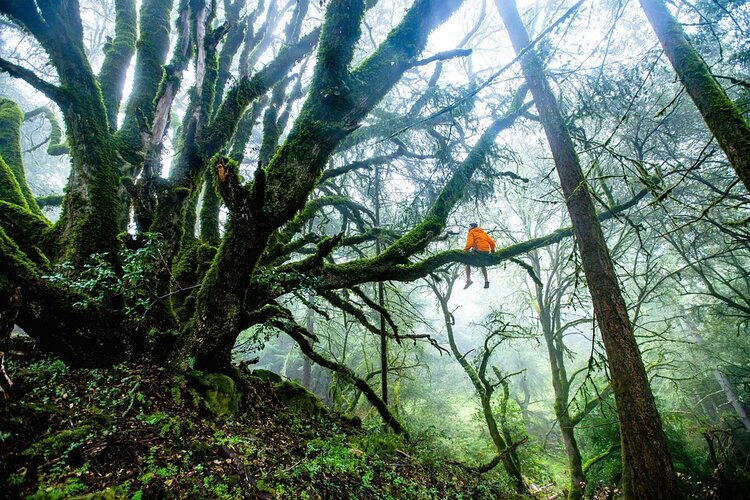How to Find Your Artistic Family Tree
How to Find Your Artistic Family Tree
If you’ve ever heard me talk about the journey of becoming an artist, you may have heard me use the phrase “artistic family tree.”
And no—I’m not talking about tracing your ancestry back to Van Gogh or Monet (though how cool would that be?).
This has nothing to do with genetics and everything to do with inspiration.
What Is an Artistic Family Tree?
Think of it like this:
You, as a person, are the product of your parents’ DNA. Their quirks, features, and weird traits shape who you are—because of biology.
But creatively? You’re made of influences.
Every brushstroke, every color palette, every artistic decision you make… is rooted in something—or someone—that came before you.
Your artistic family tree is the lineage of artists whose work shaped you.
It’s not about copying—it’s about understanding where you come from creatively, so you can move forward with clarity and confidence.
My Artistic Lineage
For me, everything started with André Derain.
Derain was part of Les Fauves, a short-lived but punchy art movement known for bold brushwork and wild color. This crew included Henri Matisse and Maurice de Vlaminck—but it was de Vlaminck who really clicked with me.
Their unapologetic approach to color and texture showed me that paint could shout and whisper at the same time. That you didn’t need rules—you needed instinct.
From there, I traced upward:
Derain → de Vlaminck → Post-Impressionism → Van Gogh.
Van Gogh brought a new emotional weight. His strokes were heavy, his canvas edges unfinished. He didn’t smooth things over—he left things raw. I liked that.
Going even further back led me to Monet and Cézanne—pillars of Impressionism. While their styles differ, they both shaped the rebels who came after them. Picasso once called Cézanne “the father of us all.”
That felt like something worth paying attention to.
Why It Matters
My artistic family tree is:
Me → Derain → de Vlaminck → Van Gogh → Monet/Cézanne
But that doesn’t mean I want to be any of them.
Just like in a real family tree, we don’t exist to replicate our ancestors. We exist to evolve from them. Their traits are embedded in our creative DNA—but it’s our job to remix those traits into something new.
This isn’t about labels.
It’s not about locking yourself into a style or trying to be the next Van Gogh.
It’s about clarity. Direction. Connection.
When you know where you came from artistically, you build on a foundation instead of drifting.
Building Your Own Artistic Family Tree
Start simple:
Who are the artists you admire most?
Whose work made your jaw drop the first time you saw it?
Who inspired your favorite color choices, textures, or subject matter?
Then go deeper.
Who inspired them? What movement were they part of? What were they reacting to?
Follow the thread backward until you can map your creative ancestry.
Let that tree guide you, support you, and root you—without boxing you in.
Because at the end of the day, you’re not just a product of your influences.
You’re the next branch.
What does your artistic family tree mean?
My artistic family tree is me, Derain, de Vlaminck, Van Gogh, Monet and Cezanne.
I don’t aspire to be like any of them in particular. I admire their work. I appreciate their brushstrokes, their use of color and their approach. But just like our real family trees, we’re not simply a carbon copy of or parents. What we do with our genetics is up to us. Similarly, what we do with our inspiration is up to us. We can take this inspiration, the useful bits, learn from them, adapt them, mix and remix them, and be something more than the sum of our parts.
Your artistic family tree isn’t to pigeon hole you into a category of arts that you can’t get out of. Its not intended to label you as “the next Van Gogh.” It’s to act just like a regular family tree. It’s a roadmap to help you find where you fit in relation to your inspiration. It’s a support network, just like your real family tree, for you to reach out to and find guidance (by researching their lives if they happen to be dead.)
By researching the past, I’ve found lots of inspiration. This inspiration isn’t simply of what to paint or how to paint. It’s helped me understand how to think and approach work. It’s encouraged me to be curious and try new things on the canvas. Most of all, it’s helped me understand the role an artist takes in the world.


